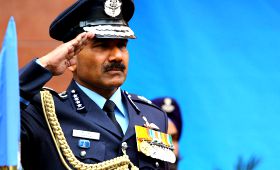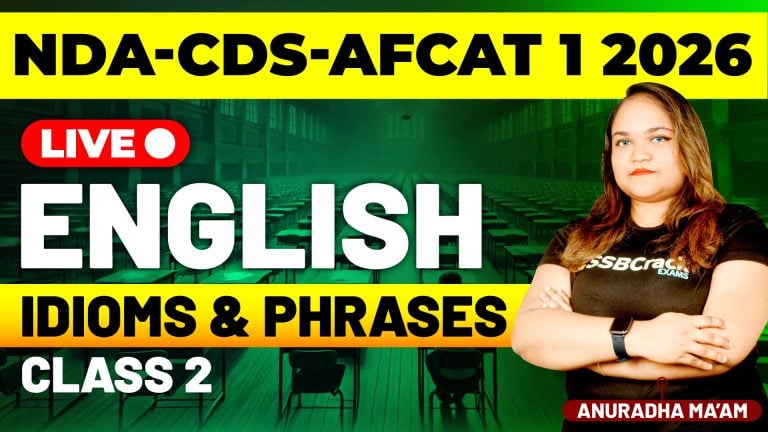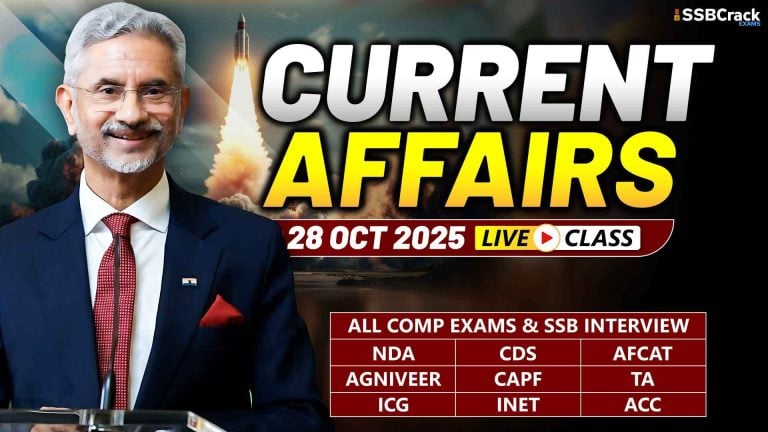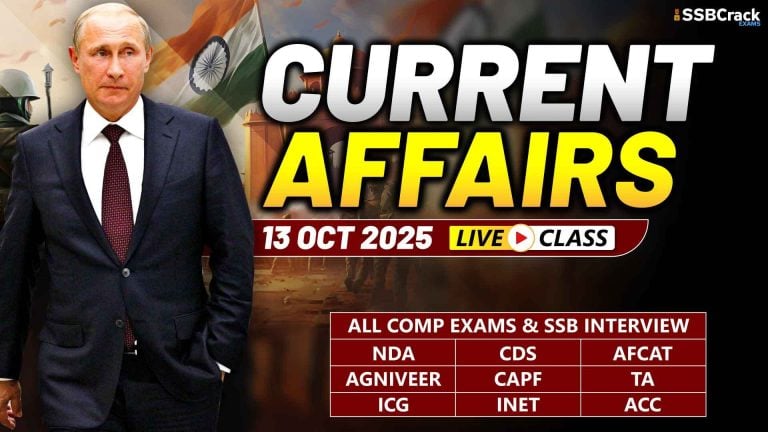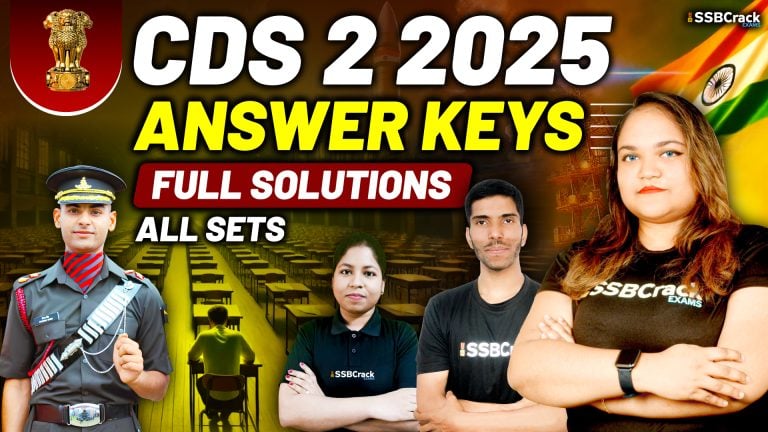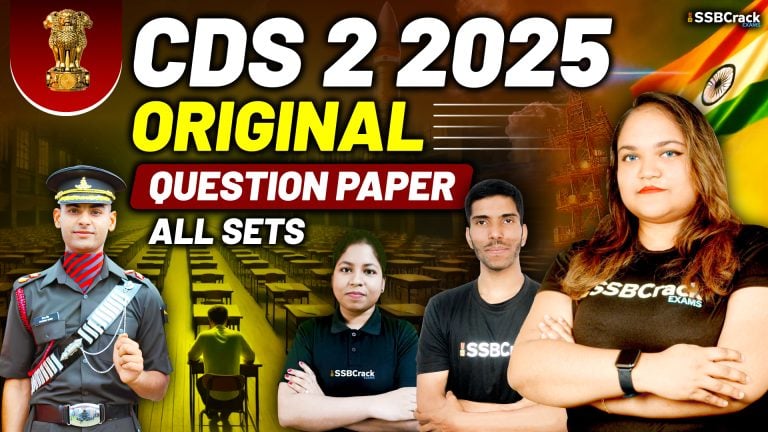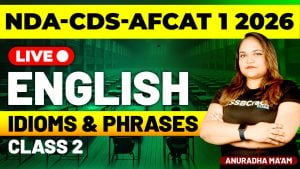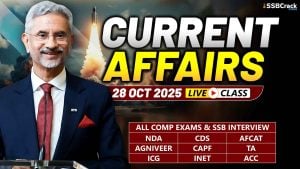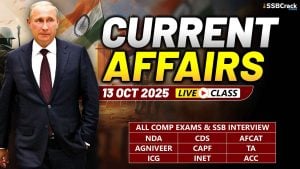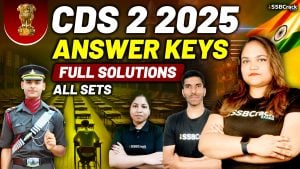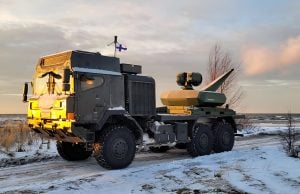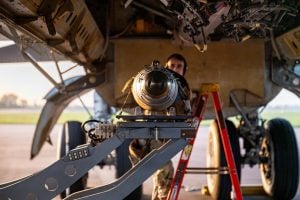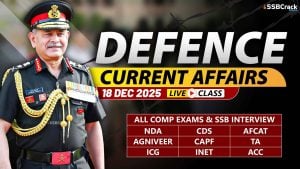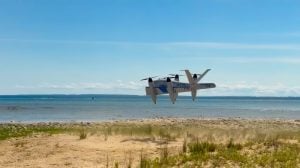EKT 2 2015 was conducted on 13 Sep 2015 by IAF, candidates from BE/Btech CS/IT who appended in EKT 2 2015 are looking for EKT Computer Science 2 2015 Answer Key. In this article sample question answer of the EKT CSE 2 2015 question paper along with its complete answer key (in pdf format) is given, scroll down to the end to download the pdf document.
EKT Computer Science 2 2015 Answer Key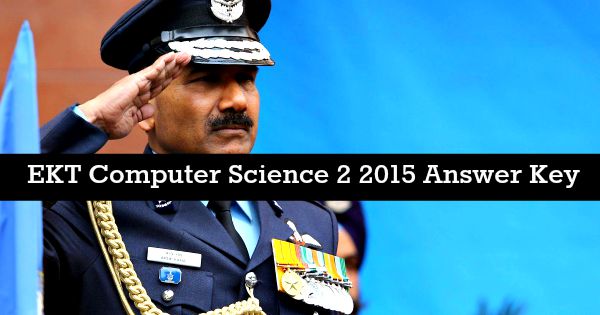
Q1. What favor of Network Address Translation can be used to have one IP address allow many users to connect lo the global Internet?
(a) NAT
(b) Static
(c) Dynamic
(d) PAT
Q2. Which of the following languages is more suited to a structured program?
(a) PL/1
(b) FORTRAN
(c) BASIC
(d) PASCAL
Q3. What is the next number in the series 1, 3, 11, 19, 37____
(a) 41
(b) 56
(c) 55
(d) None of the above
Q4. What are the two main types of access control lists (ACLS) – (i) Standard (ii) IEEE (iii) Extended (iv) Specialized
(a) (i) and (iii)
(b) (ii) and (iv)
(c) (iii) and (iv)
(d) (i) and (ii)
Q5. An unbiased dice with faces marked 1, 2, 3, 4, 5 and 6 is rolled four times. Out of four face values obtained, the probability that the minimum face value is not less than 2 and the maximum face value is not greater than 5 is
(a) 16/81
(b) 1/81
(c) 80/81
(d) 65/81
Q6. What is a stub network?
(a) A network with more than one exit point.
(b) A network with more than one exit and entry point.
(c) A network with only one entry and no exit point
(d) A network that has only one entry and exit point.
Q7. The projection of a vector on another vector is
(a) scalar
(b) vector
(c) neither vector nor scalar
(d) either scalar or vector
Q8. How long is an IPv6 address?
(a) 32 bits
(b) 128 bytes
(d) 64 bits
(d) 128 bits
Q9. Three houses are available in a locality. Three persons apply for the houses. Each applies for one house without consulting others. The probability that all the three apply for the same house is
(a) 2/9
(b) 1/9
(c) 8/9
(d) 7/9
Q10. Which of the following is the 1’s complement of 10?
(a) 01
(b) 110
(c) 11
(d) 10
Q11. ASCII stands for
(a) American Standard Code for Information Interchange
(b) All-purpose Scientific Code for Information Interchange
(c) American Security Code for Information Interchange
(d) American Scientific Code for Information Interchange
Q12. A single packet on a data link is known as
(a) Path
(b) Frame
(c) Block
(d) Group
Q13. The value of Sin +cos will be greatest when =
(a) 45
(b) 30
(c) 90
(d) 60
Q14. The time required for the fetching and execution of one simple machine instruction is
(a) Delay time
(b) CPU cycle
(c) Real time
(d) Seek time
Q15. Your router has the following IP address on Ethernet: 172.162.1/23. Which of the following can be valid host IDs on the LAN interface attached to the router? – (i) 172.16.1.100 (ii) 172.161.198 (iii) 172.16.2.255 (iv) 172.16.3.0
(a) (i) only
(b) (ii) and (iii) only
(c) (iii) and (iv) only
(d) None of the above
Q16. What logic function is obtained by adding an inverter to the inputs of an AND gate?
(a) OR
(b) NAND
(c) XOR
(d) NOR
Q17. A program that converts computer data into some code system other than the normal one is known as
(a) Encoder
(b) Simulation
(c) Emulator
(d) Coding
Q18. Which of the following is not a logical data-base structure?
(a) tree
(b) relational
(c) network
(d) chain
Q19. Which is the computer memory that does not forget?
(a) ROM
(b) RAM
(c) NVRAM
(d) All of the above
Q20. Which of the following are the two main components of the CPU?
(a) control unlit and registers
(b) registers and main memory
(c) control unit and ALU
(d) ALU and bus
Q21. When an input electrical signal A=10100 is applied to a NOT gate, its output signal is
(a) 01011
(b) 10001
(c) 10101
(d) 00101
Q22. Frames from one LAN can be transmitted to another LAN via the device
(a) Router
(b) Bridge
(c) Repeater
(d) Modem
Q23. Which of the following services use TCP?
(i) DHCP (ii) SMTP (iii) HTTP (iv) TFTP (v) FTP
(a) (i) and (ii)
(b) (ii), (iii) and (v)
(c) (i),(ii) and (iv)
(d) (i), (iii) and (iv)
Q24. Conversion of decimal number 6110 to its binary number equivalent is
(a) 1100112
(b) 110011102
(c) 1111012
(d) 111112
Q25. The slowest transmission speeds are those of
(a) twisted-pair wire
(b) coaxial cable
(c) fibre-optic cable
(d) microwaves
Download EKT Computer Science 2 2015 Answer Key
Click on the link given below to download the complete pdf file of the EKT Computer Science 2 2015 Answer Key.
